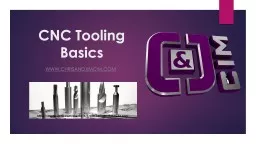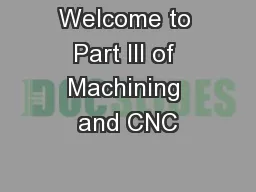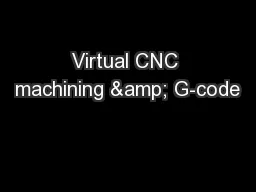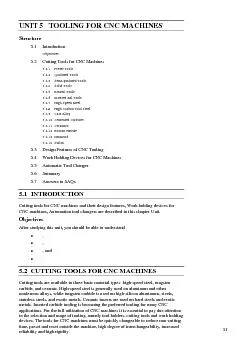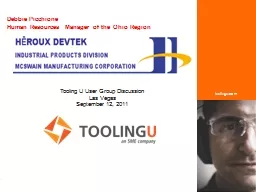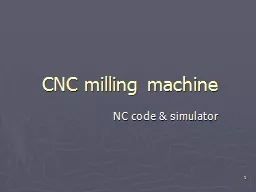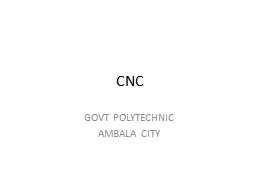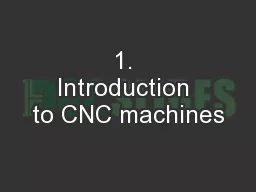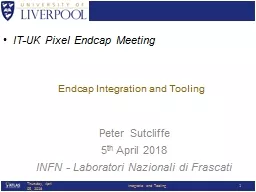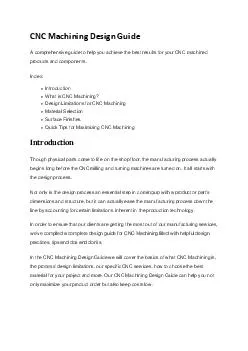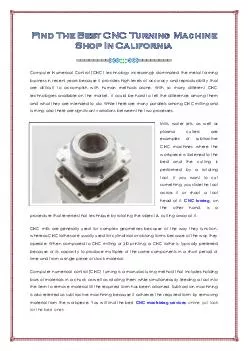PPT-CNC Tooling Basics
Author : alexa-scheidler | Published Date : 2017-09-07
wwwchrisandjimcimcom httpsmedialicdncommediap700504635c0db0e6cpng Types of Tools httpwwwbingcomimagessearchqendmillampgoSubmitampqsnampformQBIRamppqendmillampsc88ampsp1ampsk
Presentation Embed Code
Download Presentation
Download Presentation The PPT/PDF document "CNC Tooling Basics" is the property of its rightful owner. Permission is granted to download and print the materials on this website for personal, non-commercial use only, and to display it on your personal computer provided you do not modify the materials and that you retain all copyright notices contained in the materials. By downloading content from our website, you accept the terms of this agreement.
CNC Tooling Basics: Transcript
Download Rules Of Document
"CNC Tooling Basics"The content belongs to its owner. You may download and print it for personal use, without modification, and keep all copyright notices. By downloading, you agree to these terms.
Related Documents

